if needles are food making machines .....
ken_adrian Adrian MI cold Z5
10 years ago
Related Stories

VINTAGE STYLEAntique Sewing Machines: Tailor Made for Nostalgic Decor
In full-on vintage rooms or contrasting modern looks, old sewing machines and tables are stirring up the past in a most stylish way
Full Story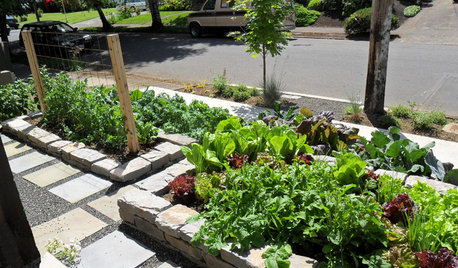
FRONT YARD IDEASWelcome Edibles Into the Front Yard for Fresh Food and More
Give your front yard design a boost and maybe even make new friends by growing fruits and vegetables
Full Story
DIY PROJECTSMake a Gorgeous (Cheap!) Pillow Using Vintage Clothes
With secondhand fabric and a steady hand on the sewing machine, your pillow choices are endless
Full Story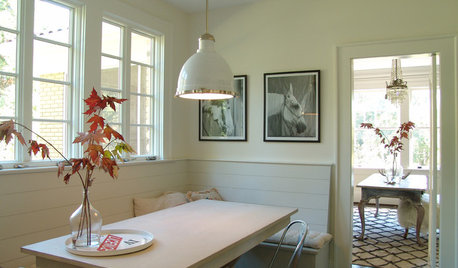
FEEL-GOOD HOMESimple Pleasures: Make Do and Mend
Experience the satisfaction of fixing, repurposing and creating things yourself around the home
Full Story
LAUNDRY ROOMS8 Ways to Make the Most of Your Laundry Room
These super-practical laundry room additions can help lighten your load
Full Story
LIFEHouzz Call: What Has Mom Taught You About Making a Home?
Whether your mother taught you to cook and clean or how to order takeout and let messes be, we'd like to hear about it
Full Story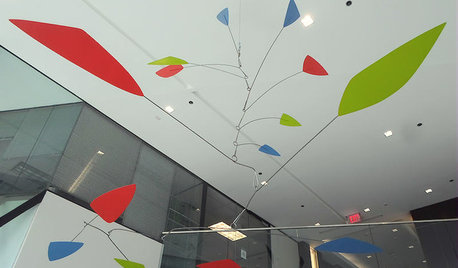
ARTFrom the Artist: How to Make a Real Mobile
It’s all in the balancing points: A top mobile designer shows how to create a Calder-inspired installation of your own
Full Story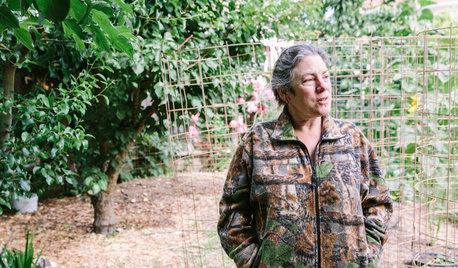
FARM YOUR YARDTo Get the Food They Believe In, These Urbanites Grow Their Own
Home gardeners farming on their city lots find that local, organic food isn’t the only reward
Full Story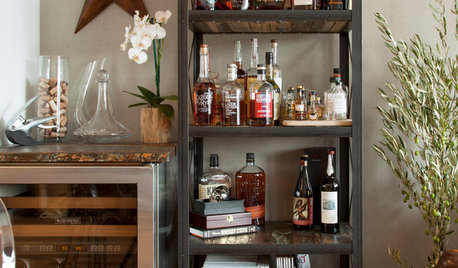
HOLIDAYSShow Us Your Party-Time Food and Drink Station
Entertaining season is upon us, and we want to see photos of how you keep guests refreshed
Full Story
LIFEHow Do You Make Your Tea and Coffee in the Morning?
A morning cup is a must for many, and preparation comes in many guises. We look at coffee and tea habits across the Houzz community
Full StorySponsored
Columbus Design-Build, Kitchen & Bath Remodeling, Historic Renovations
More Discussions








Embothrium
whaas_5a
Related Professionals
Fillmore Landscape Architects & Landscape Designers · Newcastle Landscape Architects & Landscape Designers · Anderson Landscape Contractors · Berkley Landscape Contractors · Berwyn Landscape Contractors · Burien Landscape Contractors · Canton Landscape Contractors · Clark Landscape Contractors · Deerfield Beach Landscape Contractors · Desert Hot Springs Landscape Contractors · Fort Payne Landscape Contractors · Manhattan Landscape Contractors · Mastic Beach Landscape Contractors · Rio Linda Landscape Contractors · 07920 Landscape Contractorsarktrees
ken_adrian Adrian MI cold Z5Original Author
winterfell
pinetree30
wisconsitom
pinetree30
mikebotann
winterfell
whaas_5a
maple_grove_gw
wisconsitom
ken_adrian Adrian MI cold Z5Original Author
Scott
Scott
wisconsitom
whaas_5a